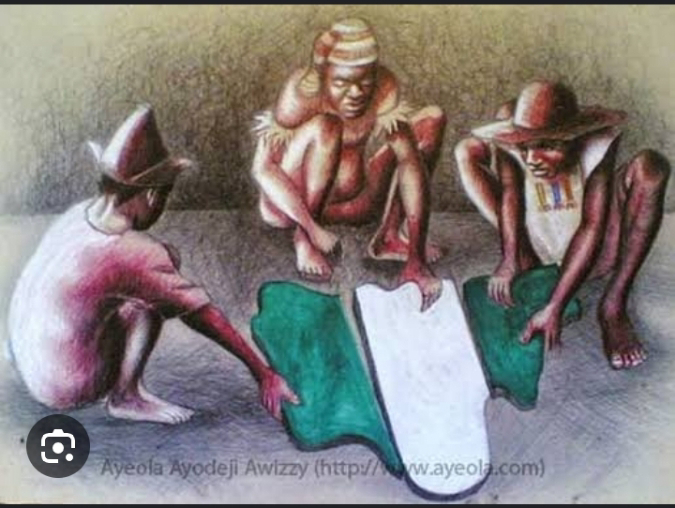The History Of 1914 Amalgamation of Northern and Southern Protectorates
History Of 1914 Amalgation
Before 1914 Nigeria was administered as a separate political unit. The Northern protectorate and the Southern Protectorate each was divided into provinces by the British administration for example provinces in the North include Sokoto, Kano, Kastina, Bornu, Bauchi, Zaria, Yola, Nupe and Nasarawa. The Southern Protectorate was made up of Eastern states and Lagos Colony who were merged in 1906 to form the Southern Protectorate their provinces are Lagos, Abeokuta, Benin, Oyo, Ondo, Warri, Calabar, Owerri, Onitsha and Ogoja. Each province was administered by a British Resident, under him were administrative officers who controlled subdivisions of the province, the district officers. In each district traditional rulers remained in charge of their areas of authority but were responsible to the district officers. By 1912 the administration in the Northern and Southern Protectorates has been well established. But there was a growing need for a better and more effective form of administration for the whole country. One of those in favor of bringing the South and North together was E.O.Morel, he did not want the two regions to continue as separate territories because by remaining separate, the development of the whole country would be retarded.
Sir Frederick Lugard was therefore invited to return to Nigeria to carry out the amalgamation process. The process began when Lugard was able to get Mr Lewis Vernon Harcourt, the then Secretary of State for the Colonies to agree with him regarding the merging of the South and North of Nigeria to help govern the country effectively. A year later in 1913, Harcourt assigned Lugard as his amalgamation frontline advocate, to conduct an elaborate field work of the country and determine if the two regions should be united. Harcourt clearly stated that Lugard most first be acquainted with the local conditions of the Northern and Southern Protectorates before a proposal for amalgamation is submitted to the Queen. After nearly a year of thorough field work, Lugard submitted his detailed proposal for amalgamation on 9th, May, 1913.
Reasons/Importance Of 1914 Amalgamation
- To offset the budget deficit of the North with money from the South
- For administrative convenience
- To unify the three standing protectorates
- To promote unity among the people
- To secure the Niger-Delta territory from French and German colonial masters
The amalgamation marked the beginning of Nigeria as one country but it was not welcomed with much passion from Nigerians at the time. In Lagos it was opposed by a large section of the political class and media, the amalgamation by the British was mainly done for economic reasons rather than political. Northern Nigeria Protectorate had a budget deficit and the British administration sought to use the budget surpluses of the South to offset this deficit. The differences between the protectorates were to be corrected by creating a central administration in Lagos, with custom revenues from the South paying for projects from the North.
Regardless of it's purpose the amalgamation was still the most important policy set by the British during their time as Colonial masters of Nigeria and it set a milestone in Nigeria's history shaping political events that took place in the country to this day.


Comments
Post a Comment